Who am I? The value of therapy in finding ourselves
Many persons struggle with a sense of self: “Who am I?” “How am I supposed to be confident in myself if I don’t even know who I am?” While identity versus role confusion is a common struggle for most early adults, there can be an additional level. At the extreme, loss of identity can be related to difficulties in mirroring with important attachment figures.
What is “mirroring?” Think of this way: if you wanted to know how your hair looked right now, how would you find out? Of course you would look for the nearest reflective surface you could find. In the same way, if we want to know who we are in terms of our emotions, thoughts, and behaviors, we look to how we are reflected by people who matter to us. As we grow, the language and reactions from these people help us label our behaviors (“you’re throwing a tantrum!”), our bodies (“you’re naked!”), and even our internal emotional world (“you’re very angry right now!”). Labels have a powerful role in shaping experience (see storytelling).
But, what if the mirror you looked in was distorted without you knowing it, or showed nothing at all? If you assumed that the mirror reflected reality you would gain a distorted sense of your self image. As children, we do not know that our attachment figures may be misrepresenting the world, nor do we have opportunities to engage in much reality-testing outside of our primary attachment relationships. We can’t just go "find another mirror.” As such, major disruptions in mirroring can cause us to lose contact with parts of our functioning or believe something inaccurate about ourselves. We may not even know that we are angry or sad or anxious if this part of our experience was either shamed (e.g. “Stop your crying”) or never acknowledged at all.
Parents aren’t perfect, and run-of-the-mill mislabeling or misses between us and valued attachment figures isn’t a problem. Indeed, when the disruption is minor or eventually acknowledged, the miss is actually a normal part of healthy development (See Ed Tronic’s work and the Still Face Experiment). If however, the disruption is major, as in the case of neglect or abuse, it can lead to major disruptions in our sense of self.
Therapy can be a useful tool to address identity confusion as it is the therapists role to help mirror, to the best extent they are able, whatever experiences you are having, moment-to-moment. A good therapist will also work with you to explore any ruptures in your relationship to provide corrective emotional experiences and help you reclaim cut-off aspects of yourself. For example, if you are very hurt by something your therapist says, it is the therapists role to be attentive to any nonverbal or verbal behaviors which may be suggesting your present experience. A good therapist will ask you about what is happening for you and help you acknowledge your hurt or angry feelings directly. This can give you a handle on your emotions, validate them, and learn to use them to move toward what you need in that moment and outside of the therapists’ office. Such corrective emotional experiences can help you find your own voice, understand and have compassion for yourself, and really have an answer to the question of “who am I?”

